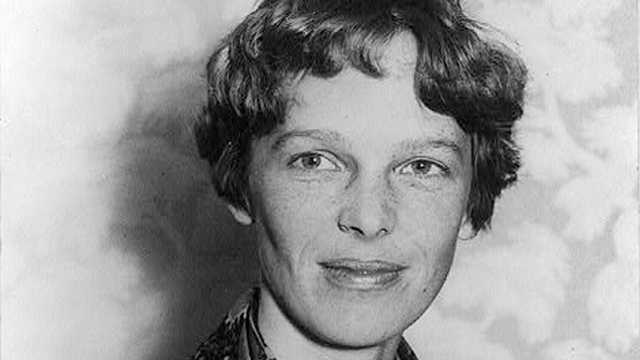On November 29, 1947, a pivotal moment in the history of the Middle East occurred when the United Nations General Assembly passed Resolution 181, also known as the Partition Plan for Palestine. This resolution called for the division of Palestine into separate Arab and Jewish states, with the city of Jerusalem placed under international administration. The passing of this resolution marked a significant step towards the creation of the state of Israel and a turning point in the ongoing Israeli-Palestinian conflict.
The Context of the Resolution
By the late 1940s, the region of Palestine, then under British mandate since the end of World War I, was experiencing increasing tension between Jewish and Arab populations. The Jewish community had been growing steadily in Palestine, particularly in the years following the rise of Nazi Germany and the Holocaust, which led to a surge in Jewish immigration. Meanwhile, the Arab population in the area, which had long lived in the region, opposed the idea of a Jewish state in what they considered their homeland.
In 1947, Britain, struggling to manage the growing conflict and unable to find a solution that satisfied both sides, referred the issue to the newly established United Nations (UN). The UN formed the United Nations Special Committee on Palestine (UNSCOP), which was tasked with developing a solution to the increasingly violent conflict.
The UN Partition Plan (Resolution 181)
After months of deliberations, UNSCOP proposed a plan to divide Palestine into two separate states: one for the Jewish population and one for the Arab population. The plan also called for the city of Jerusalem to be placed under a special international regime, administered by the United Nations, due to its significance to multiple religious groups, including Jews, Christians, and Muslims.
The proposed partition would allocate approximately 55% of the land to the Jewish state and 45% to the Arab state. The Jewish community accepted the plan, despite the fact that it meant compromising on certain territories and resources. However, the Arab League and Palestinian Arab leaders rejected the partition plan, believing it unjust to divide Palestine and create a Jewish state on land they considered to be rightfully Arab.
The Vote and Its Aftermath
On November 29, 1947, the UN General Assembly voted on Resolution 181. The resolution passed with 33 votes in favor, 13 votes against, and 10 abstentions. While the Jewish community in Palestine celebrated the vote, seeing it as a historic step toward the creation of their own state, the Arab states vehemently opposed the decision, with many refusing to recognize the legitimacy of a Jewish state in Palestine.
The passing of Resolution 181 intensified tensions in the region. Jewish and Arab groups engaged in escalating violence, and the situation became increasingly volatile. The British, who had held the mandate over Palestine since World War I, decided to withdraw in 1948, leaving the newly formed United Nations to address the consequences of the partition.
The Establishment of Israel and the Arab-Israeli War
On May 14, 1948, the British withdrew, and the Jewish leaders, led by David Ben-Gurion, declared the establishment of the State of Israel. The following day, neighboring Arab states—Egypt, Jordan, Iraq, Syria, and Lebanon—invaded the newly formed state, leading to the first Arab-Israeli war.
The conflict, known as the War of Independence in Israel and the Nakba (meaning “catastrophe”) by Palestinians, resulted in Israel’s victory and the displacement of hundreds of thousands of Palestinian Arabs, many of whom fled or were expelled from their homes. The 1948 war fundamentally reshaped the map of the region and set the stage for decades of conflict between Israel and its Arab neighbors, as well as with the Palestinian population.
The Legacy of Resolution 181
The passing of Resolution 181 did not resolve the conflict between Jews and Arabs in Palestine, but it laid the groundwork for the eventual establishment of Israel. It also created the ongoing issue of Palestinian displacement and the debate over the legitimacy of the partition. The question of Palestinian statehood and the status of Jerusalem remain unresolved to this day, and the repercussions of the UN partition plan continue to shape the Israeli-Palestinian conflict.
Jerusalem, as specified in the UN plan, has remained a contentious issue. The city, sacred to Jews, Christians, and Muslims, was to be administered by an international regime, but after the 1948 war, it was divided into Israeli and Jordanian-controlled sectors. In 1967, during the Six-Day War, Israel captured East Jerusalem and later declared the city its capital, though this is not internationally recognized by all countries.
For the Arab states and Palestinian people, the partition was seen as an injustice, leading to decades of conflict, uprisings, and failed peace efforts. The aspirations for a Palestinian state, as envisioned in Resolution 181, have not yet been fully realized, with the Palestinian territories of the West Bank and Gaza Strip remaining under varying degrees of Israeli control.
Conclusion
November 29, 1947, remains a critical date in the history of the Israeli-Palestinian conflict, as the passage of UN Resolution 181 set the stage for the eventual creation of Israel and the deepening of divisions between Arabs and Jews in the region. While the plan was accepted by the Jewish community, it was rejected by the Arabs, and the fallout from the partition continues to influence the Middle East today. The issues surrounding the partition—particularly the status of Jerusalem, the rights of Palestinians, and the quest for a lasting peace—are still unresolved, making Resolution 181 a key moment in the ongoing struggle for peace and stability in the region







Dawood
December 2, 2024 / at 5:18 pm
The foundation was setup on this day for the massacre of the innocent Palestinians.
UN should be abolished; it is an absolutely useless organization, a puppet of the superpowers.